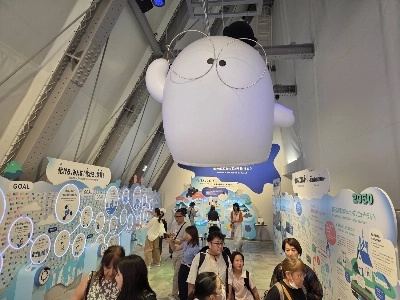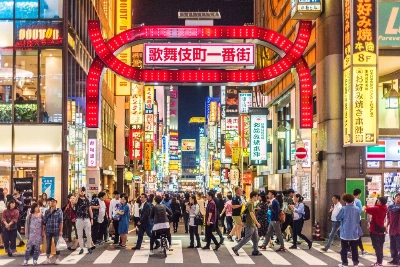The politics of Aichi Triennale are anything but incidental.
In August 2019, the art festival located in the titular prefecture closed one of its exhibits just three days after the event opened. “After Freedom of Expression” had contained, among other works critical of the Japanese government, “Statue of a Girl of Peace,” by Kim Seo-kyung and Kim Eun-sung, depicting a young girl representing a wartime “comfort woman.” In response to a coordinated rightwing backlash, organizers closed the exhibit and didn’t reopen it for another two months, which sparked further controversy from the art world over censorship.

















With your current subscription plan you can comment on stories. However, before writing your first comment, please create a display name in the Profile section of your subscriber account page.